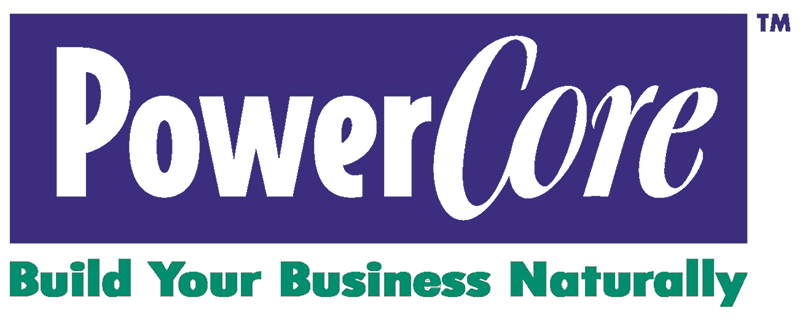What To Do To Get Referrals: Be A Sub
After every client meeting they have action items, and so do you.
Give us an example:
- Choose a purpose for the meeting.
- What will you tell them to do, at the end, before your next meeting?
What will you do to close the conversation and prepare for the next one?
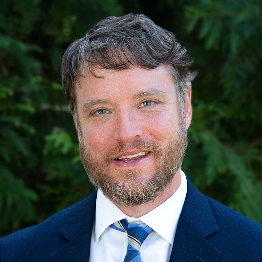
Response from Ryan Tingle
from the Buckhead Team
My initial meeting with a prospect is typically one where I ask about their business. I allow them to wax poetic about what makes their business awesome, and unique to its competitors. I'll ask questions germane to their insurance needs, of course, but mostly I seek to understand the business. It's important that I have a handle on the business operations, as well as the history of the business, so I can speak intelligently with my underwriters about said business.
In my next meeting I attempt to "sell" myself, and the agency, along with the product I am offering. I will discuss my personal insurance bonafides, as well as the agency's. I will lay out the contours of the insurance product I am offering; discussing the coverages, exclusions, and premiums.
I will ask that they reach out any time over the next week or so, with questions. I want them to feel very comfortable with the decision they've made to entrust me, and the Tabb Insurance Agency with protecting their business.
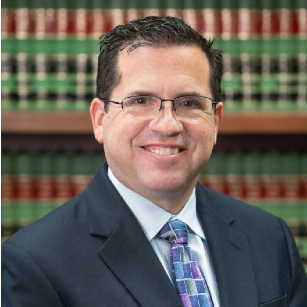
Response from Gregory Golden
from the Buckhead Team
My initial meeting with a client covers a broad range of topics, including the litigation process, issues in a family law matter, and the client's goals. After my initial meeting with a client, every other meeting will have a specific purpose - whether to prepare for a hearing, answer discovery requests, or review documents from an opposing party.
Similarly, when I sub on another team, I am sitting back and listening to the broad range of topics that are being discussed by the members in their Infominutes and Seven Minute Presentations. From there, I will try to identify connections that can be made in the immediate or near future. I will try to arrange coffee or lunch meetings with these members to discuss specific issues that I have identified as well as to let them educate me further on issues that I have not even thought about yet. I close that coffee/lunch with a better understanding and a strategy as to how I am going to connect my client/colleague with this member.
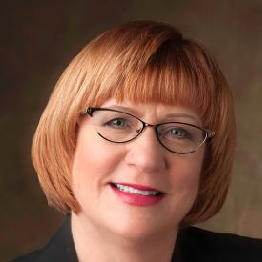
Response from Linda Kuryloski CFP®, AAMS®
from the Buckhead Team
I read this question to mean: After subbing, what do you do to get referrals?
I would strategically review the team agenda and arrange coffee meetings with those who would be good referral sources for me and/or who I can refer to.
I would provide feedback to the person I subbed for about the meeting and I would ask them who they think would be good connections for me to follow up with.
I would express thanks and appreciattion for the opportunity, and volunteer to do it again!
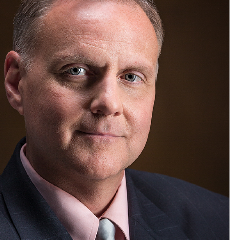
Response from Mark Thomas
from the Buckhead Team
Most meetings with my clients consist of a status update regarding medical condition, progress and treatment. I tell each client before the next meeting to focus on getting well. When that happens, I instruct them to come prepared for the next meeting with receipts and/or bills for outstanding medical expenses and other out of pocket expenses.
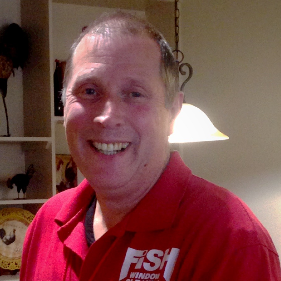
Response from Greg Jordan
from the Buckhead Team
Most of my formal meetings with customers are associated with pre-sale activities for larger projects. In those meetings, we usually tour the facility, look at access issues for the work, and review any operational constraints for the job.
My deliverable from the meeting is a proposal including pricing for the job, a statement of work, a preliminary schedule, and payment terms. Usually, there is not a second meeting unless there are more specific questions about the proposal. The customer typically approves the job via email.
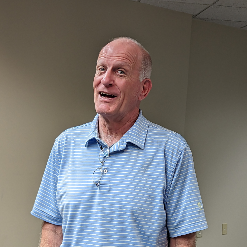
Response from Bo Riddle
from the Buckhead Team
When I initially meet with a client, there is a real estate need on the part of the client. Every client has different "wants" for their commercial space and none are irrelevant. I try to ask questions that allow them to discuss their planned use of the space, what they like about their currrent space, as well as what they don't like and what they wish they had.
I tell them that i will email them a survey of available properties based on the information I have gleaned. After the initial meeting, most of the contact with the client is via email or phone, where we discuss the properties that I have sent them to make sure we are on the right path. It is a constant tweaking of the criteria as we narrow down the list to a manageable number to go look at.
I always stress to the client that unless you are in real estate business, if you are spending time on real estate, you are not spending time on generating income for your company. I feel like one of my main jobs is to give clients complete and concise information so they can make sound diecisions while minimizing the time they have to spend on the process.
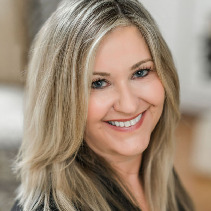
Response from Karen Armstrong
from the Buckhead Team
The meeting is called a buyer consultation. The purpose of the meeting is to explore the buyer's goals for purchasing a home, timeline, qualification and location in order to come up with a roadmap for purchasing a home. At the end of the meeting tasks they are typically assigned are to meet with Jim to get prequalified and drive around areas that they may be interested in to narrow down their preferred location. At the end of the meeting I will close the conversation by thanking them for trusting me to be their agent, go over the next steps and let them know when I will be in touch next. I will tell them to expect an email from me summarizing what we discussed to make sure I have everything correct.

Response from Jim Lewis
from the Buckhead Team
Initial buyer consultaion. We will typically discuss general information about the home financing process....how much they want to put down....what payment they will be comfortable with....how long do they expect to be there?
I will then encourage them to complete the online application so we can have a more detailed discussion about affordabilty, how much they would need to put down, payment range, cash to close, and if there are any challenges to them qualifying.
We can then have a more detailed financial discussion on their follow-up consultation and lock in on pricepoint that not only they can qualify for, but more importantly, they will be comfortable with financially.
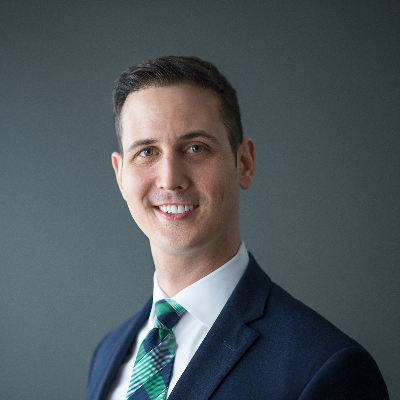
Response from Taylor Sellers
from the Buckhead Team
The purpose of a meeting with a client is often to find out their needs and if their current closing attorney is servicing those needs adequately. I will often ask what a different closing attorney does that they appreciate and also, what a different closing attorney does that they dislike. If we are already doing the things they like and not doing things they dislike, I make a point to highlight it in our conversation. If we are doing somethign they dislike or not doing something they like, I will review our processes afer the meeting. If we have had a productive meeting, I will ask for them to give our firm a shot on their next contract. It can be a little direct but I have found if you do not ask for the business, you will not get it.
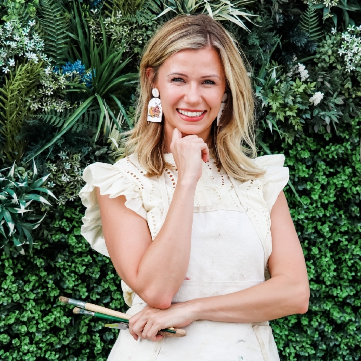
Response from Amanda Hamilton
The most common meeting I have with my clients is the initial meeting, when we discuss what type of painting he or she would like.
They usually have something in mind: A portrait of his neice's first born baby, to take with him to California when they fly out to meet her; or his daughter's wedding bouquet as a surprise gift (Jim Demetry), celebrating her daughter graduating high school (Ramona Baptiste), celebrating his wife and the life they've built together with a portrait of their children, dogs, and favorite hangout spot by the pool (Jim Lewis), his office manager's late beloved dog (Mark Thomas), her favorite cat (Karen A), his wife's favorite cat (Trevor B), an attorney's favorite football team when the FINALLY beat Tom Brady (former PC member). The list goes on! (Greg Golden, Neeli, Roger, Allan, Matt, Elly, Curtis Turner, David, Rodney, and so many more, I have not forgotten about all my incredible Powercore supporters-gateopeners and clients)
The client comes to me with the idea, and it's up to me to literally illustrate it for them. I sometimes make a mock sketch for them to see before I start with the oil painting.
Rarely do I have an action item for my client at the end of this meeting, other than the simple, "look out for updates on the progress from me!"
My product and service is a luxury piece. I fully intend for my clients to do nothing except relax and enjoy the progress on their investment. The homework ends at the beginning, when the client gives me their idea and/or reference photo.
My client Drew works in commercial insurance as a broker. He does not have much time to take care of action items from anyone he commissions or hires. If a project needs a manager, he will hire a project manager for it. His favorite emails are the ones that say "no repsonse required."
Receiving my updates are a joy for him, like a daily affirmation. I don't need feedback, but he's welcome to reply if he wants.
It is ALWAYS worth the money for him to hire. His time costs more than any price tag.
Response from Rebecca Brizi
from the Buckhead Team
My work happens in meetings with clients: that is the bulk of delivering my services.
After the meeting, I will ask my client to read the follow up report I send them, complete the action points I list at the top of the report, and, if relevant, complete any additional exercises we discussed in the meeting.
I raise this in the meeting when we are wrapping up, and conclude by confirming the date of our next meeting and what to expect.
Once I am back at my desk, I incorporate any salient points from this meeting into the preparation for our next one.

Response from Mohua (Mo) Thakurta
My first meeting with my client starts with me stating the goal for the meeting. If they are a warm lead who is interested in a video I will ask them:What problem are you looking to solve? What has prevented the problem from being solved? What kind of budget do they have in mind ? What made you interested in our brand? My approach is to find out the reason behind wanting to create a video and if I will be the right fit. I generally end the meeting with the next steps and set up an appointment on the calendar for a follow-up meeting.
If I go as a sub on a team I enjoy the new team dynamics. I also look out for members who will be a good fit for my resource directory eg. graphic designers, photographers, website designers, etc. I always make sure that I make at least two good coffee connections.

Response from Neeli Shah
After every initial meeting, I send the prospective client an intake form that asks for general information about the clients' family as well as their assets and liabilities. I also scheduled a time for our next meeting - the strategy session, where we dig into the information provided by the client on the data form. Scheduling the next meeting ensures that the client's work/project keeps moving forward and they know exactly when we will be meeting next and what will be discussed at that meeting.
Response from Jim Demetry
I meet with clients at the outset of my representation and then periodically during the project. At the outset of a project, whether it is concerning a claim by a former employee, a contract with a vendor, or the purchase of a business, my goal is to understand the facts, the client's business, and to discuss goals and possible outcomes. Regardless of the type of legal issue the client has, decisions have to be made throughout the project. I ask my clients to consider various options before our next meeting, and I develop recommendations for my clients that will result in favorable legal and business outcomes to consider throughout the project.
After meeting with a client, I follow up in writing summarizing the important points of the meeting and timeframes for next steps in an effort to keep both of us on track.
One of my ongoing goals is to keep the client informed during my representation so there are never any surprises.
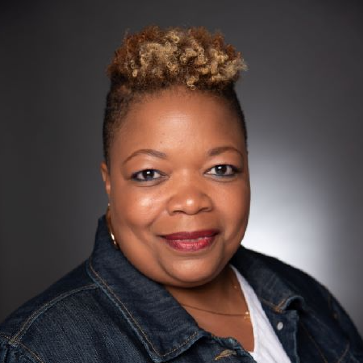
Response from Ramona Baptiste CPA
from the Buckhead Team
I take copious notes during meetings so that I can accurately capture important information as well as action items. I also capture personal notes such as birthdays, hobbies, spouse or kids names, etc. I summarize my notes in my CRM, and I usually refer back to the CRM notes before meeting with the client again. If there are referrals for the client that I need to make, I go ahead and create 3 way emails. In many cases, I send the client or potential client a handout that will give them info needed for our next interaction. These steps help me to remember little nuances about each client that i can mention during our next meeting, which lets the client know I am prepared and they are important.
Response from Keyaan Williams
My work consists of fixing cybersecurity problems that were identified during a detailed assessment. This makes the project status meeting the most important meeting that I have with clients. Most remediation projects last between 90 days and 12 months depending upon how bad the situation is.
After the initial project kickoff meeting. the work done for a client happens behind the scenes. I could complete 90 days of work and never talk to the client: however, it is better and more effective to meet regularly and communicate about our progress toward the deliverables that were promised.
The client status meeting occurs weekly and allows me to share with the client what has been done, confirm that we are on track, discuss barriers to success that need to be addressed, and discuss important information discovered during the work performed. The last item is extremely important for security work. I cannot wait until the end of a long-term project to tell a client that a critical vulnerability was found! Because we have a regular meeting on the schedule each week, I can follow up about out-of-cycle information to ensure important items have been addressed.
Clients receive a project status report at the end of each week that tracks everything going on. This makes preparation for the next meeting easy because the report includes notes from the most recent project status meeting. This has become a great tool to help prepare for each subsequent meeting.

Response from Tom Wallace
from the Peachtree City Team
At the end of each meeting we will go over a summary of our discussion and the actions that they committed to work on and/or complete for our next meeting. We will also set our next meeting time.
Shortly after the meeting, I will send an email summarizing their wins for the week, the action items for them to work on and the date and time of our next meeting.
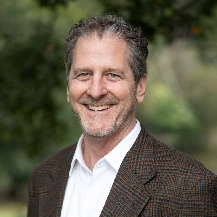
Response from David Lusk
Most of my meetings consist of status updates and clarification of goals my client wants to obtain. They hire me, so they don't have to do the work themselves, but need to stay informed of how things are progressing. We are always building a connector piece unto the process.
So I call out our metrics and progress, and describe next steps. If approprite, I provide the client with action items to work on. I'm also providing them content to review that we'll be discussing in a few weeks. Since they are hiring me on a part time basis, I want to make sure they are well informed of what's ahead so we can reach a better conclusion together.
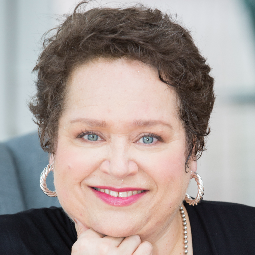
Response from Jinnie Schmid
I am a new member and have not subbed yet...but I'm doing my first ones in mid-October (for Patty Voelz of the Sandy Springs team)...so this is good prep! I'm reading this question to mean how I will act when subbing and when interacting with people I meet as a result of subbing.
- My purpose when subbing will be to share an InfoMinute that gives a clear and memorable "overview" of my Grief Coaching business
- My purpose when meeting with people met by subbing will be to (a) understand their offering and ideal client, and (b) make sure they understand my ideal client and main offering)
- My ask will be that they make 1 email introduction for - either a potential client or a gatekeeper
- My close will be a big thank you!
- I'll prepare for the next one by picking a date for follow up and mark it in my calendar
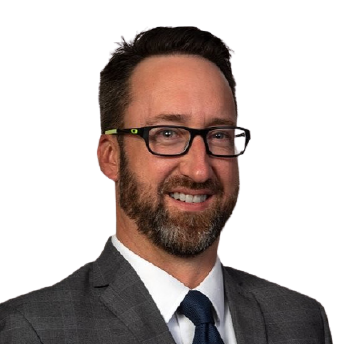
Response from Jason Korzan
I log any open items that need to be completed within the "to-do" section in our financial planning system. This function gives me the ability to assign the open item either to myself as the advisor or to the client as well as assign a due date. When the client logs into their personal planning site, they have the ability to see their open tasks and check off tasks as they complete them. They also have the ability to do this through our smartphone application.
Within 24 hours of our meeting, I follow-up with a brief summary of the meeting. In this email I will include a download of the open tasks that we discussed as a reminder from our planning system. I also include the date of our next meeting. Depending on the nature of the task and time-sensitivity, I may also put a reminder in my CRM system to follow-up if I have not received an update from the client by a certain point in time.
At the beginning of our next meeting, after documenting any questions or discussion points that may have come up since our last meeting and reviewing the clients goals for any updates, we will review the task list to make sure it is up to date, note any difficulties in completing some of the tasks, and review the progress that has been made by looking at what tasks have been completed.
